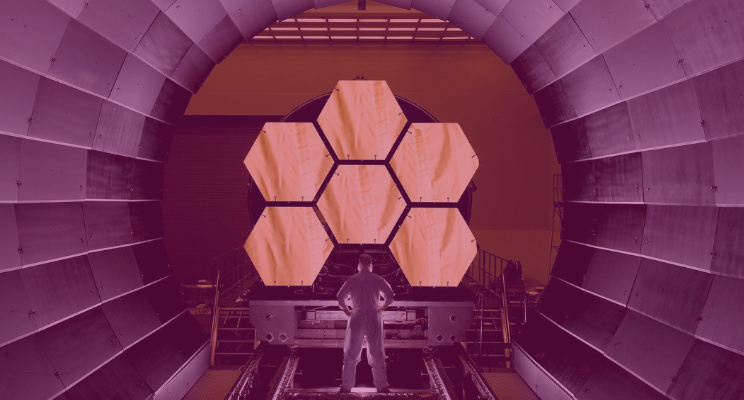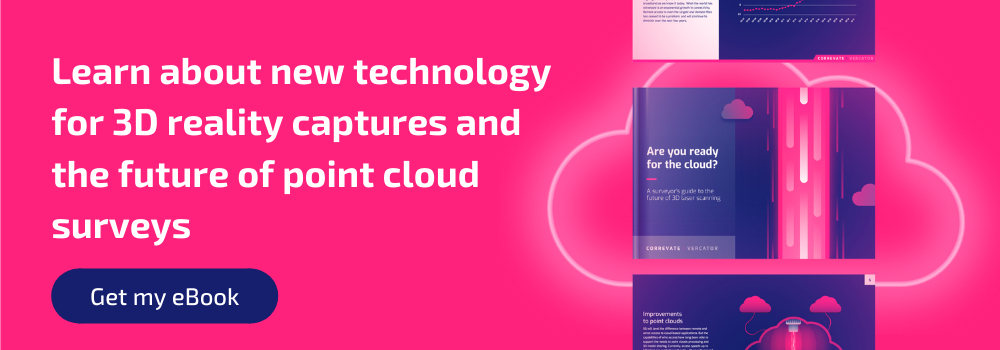The future of computer-aided manufacturing

In the world of manufacturing, computers have always played a vital role in taking product ideas from concept to reality. The ability of computer-aided manufacturing (CAM) to reduce the time required to design and prototype without reconfiguring or retooling the manufacturing line has embedded CAM solutions in many industry verticals.
CAM is now taking on a wider role in all operations of a manufacturing plant, including planning, management, transportation and storage. Technology developments are making this possible by blending data capture, CAD, CAM, Computer Integrated Manufacture and product delivery.
The Internet-of-Things (IoT), reality capture augmentation, artificial intelligence (AI), blockchain and cloud computing are all poised to disrupt the manufacturing industry in the not-too-distant future. These technologies are converging and allowing for completely new computer-aided manufacturing models to be created — known as Industry 4.0 (the fourth industrial revolution).
Here, we will explore how the convergence of these technology trends is shaping the future of computer-aided manufacturing and vice versa — delivering expanded possibilities to new and established users of CAM.
From Industry 3.0 to 4.0
Perhaps the biggest change will be the move from tangible to intangible assets as the industry moves further into digital engineering and manufacturing.
Industry 4.0 is about connecting machines, processes and systems to allow for the creation of intelligent networks autonomously controlling each other. Examples include machines predicting their own failure and triggering maintenance processes or self-organized machine logistics which react to unexpected changes in production demand.
The characteristics given for Industry 4.0 can be considered as:
- Customisation of products with highly flexible production
- Self-optimising, self-configuring, self-diagnostic, cognition and intelligent support of increasingly complex work.
Computer-aided manufacturing and Industry 4.0
Computer-aided manufacturing will benefit from this kind of intelligent system development, delivering higher quality assurance more efficiently. But, CAM itself has a larger role as part of the wider, integrated product and service delivery process. New design principles will be needed, and emerging technologies will have a profound impact on computer-aided manufacturing and its role in the future.
Networks and processes have, in current Industry 3.0, been limited to one factory. In Industry 4.0, these boundaries of individual factories will most likely no longer exist. Computer-aided manufacturing will become more and more networked until everything is interlinked with everything else. This will cause the complexity of production and supplier networks to grow enormously.
Changing success factors for CAM
Currently, success in manufacturing is measured by providing a quality service or product at the least cost. Factories aim to achieve this by optimisation of performance and volume. When looking to the future of CAM, more complex factors are going to be introduced. Monitoring and fault diagnosis, components and systems will self-diagnose and self-predict, providing more insight on the status of the process and delivering self-healing and flexible solutions.
Computer-aided manufacturing and IoT will require orchestration across the whole value chain — product development, product management, manufacturing and assembly to digital services provision and service management. The need for orchestration will reflect the convergence and inter-relation of the new technologies which will deliver this vision.
By looking in more detail at these technologies - some of which have emerged from consumer markets, some having been transferred from one vertical industry sector to another, we can see how, for example, artificial intelligence will depend on big data services, which will be fed by IoT devices, which will input to augmented reality tied together by reality capture driven by point cloud processing, which will in turn reside on cloud services.
Key technologies for the future
Sensor technology and IoT
The Internet-of-Things (IoT) is a way of connecting physical things, such as sensors, to the internet — using either fixed or mobile connections. Systems based on the Internet-of-Things can collect manufacturing data in a transparent, comprehensive and interactive way, enabling real-time visibility into assets and equipment, quality of processes and factory resources.
Big data
By making use of the vast array of data available from the IoT and other data sources, organisations can optimise production processes, reduce downtime and react to changes in the market. IoT enables automation as never before, with machines making decisions based on real-time data. Computer-aided manufacturing will now not only be linked to design functions but also to performance, demand and customer experience data — with rapid changes being prototyped, analysed and implemented as a result.
Reality capture augmentation
Point cloud processing, 3D laser scanners, and the IoT elements of the smart manufacturing process provide a holistic view of a product throughout the manufacturing lifecycle — linking the visual world with sensor data.
Point clouds and reality capture are a vital link in the convergence between machine-gathered data and human intelligence. Detailed point cloud data virtualises products and parts to enable accurate design, development, simulation, monitoring, optimisation and servicing in conjunction with computer-aided design (CAD) and manufacturing software.
Advances in vector based point cloud processing have made it far easier to deliver scans to inform manufacturing and cross-reference for quality control — expanding uses, particularly making it simpler to use CAM for prefabrication purposes in construction projects.
Additive Manufacturing
With developments such as 3D printing, an additive process where a part is build rather than carved out of a material. The location of the manufacturing site may actually be chosen by the customer — the manufacturer then providing the digital “right” to manufacture rather than the finished product.
Modularisation is also the defining trends of modern design. Modular products built from standardised components can be combined in different ways to perform a range of functions. For example, in construction, permanent modular construction (PMC) refers to structures where the components, sub-assemblies or entire building are built “off-site” in a controlled environment.
Blockchain
Blockchain, while most known for cyber currency, has many applications. As a secure distributed ledger system, it has the potential to track all the steps of production and use as part of a distributed product life cycle management strategy. Blockchain records each step and the record cannot be tampered with - providing certainty in a distributed, real-time environment.
Blockchain-based record keeping makes compliance simple. Government or regulatory agencies or even customers could have access to test and verify through the blockchain's audit trail.
Manufacturers who use blockchain have a real-time view of activity logs and are able to keep track of the flow of goods or designs between companies. Typical examples could be aerospace industries involved with FAA compliance or a process industry, to trace back which machine created a particular part.
Cloud and 5G
The cloud will underpin the future of computer-aided manufacturing, enabling data connectivity on a global scale, moving data from on-premise servers to cloud-based databases to allow organisations and their partner ecosystem to access data from anywhere in the world. It frees people up from needing support infrastructure, with a cost model based on usage.
In communication, 5G will be the catalyst for scaling the smart factory and connecting the millions of IoT sensors and data points. Technology manufacturers have bet big on 5G and IoT delivering ultra-low latency, high bandwidth, and reliable communication.
Analytics and AI
The ultimate purpose of digital technology in manufacturing is to create systems capable of thinking for themselves and accelerating their own learning curve: reflecting on what’s been done; looking at problems; prioritising and driving improvement. Humans have done this in manufacturing for decades. There will soon be the opportunity for machines to augment these abilities
With artificial intelligence, algorithms and insights get better as more data is collected – and IoT and Big Data will ensure there is more than enough. The more that is collected, the better the learning generated and the better the product outcomes for the customer – whether in design, availability, reliability or cost.
When will this happen next?
Everything points to the digital manufacturing era. The key for computer-aided manufacturing is to ensure the seamless link between the real world and it’s digital counterpart. When everything becomes digital; business models, environments, production systems, machines, operators, products and services - how we translate that to real-world items, products and structures will be the key to how soon this vision is realised. To quote Bill Gates: “We always overestimate the change that will occur in the next two years and underestimate the change that will occur in the next ten. Don't be lulled into inaction”
Tags: engineering


